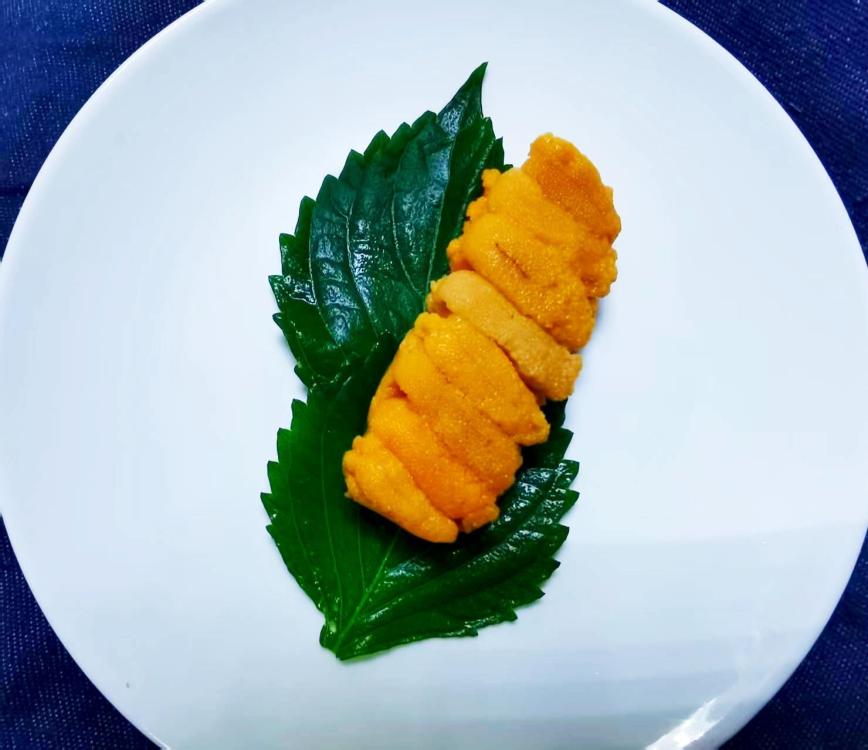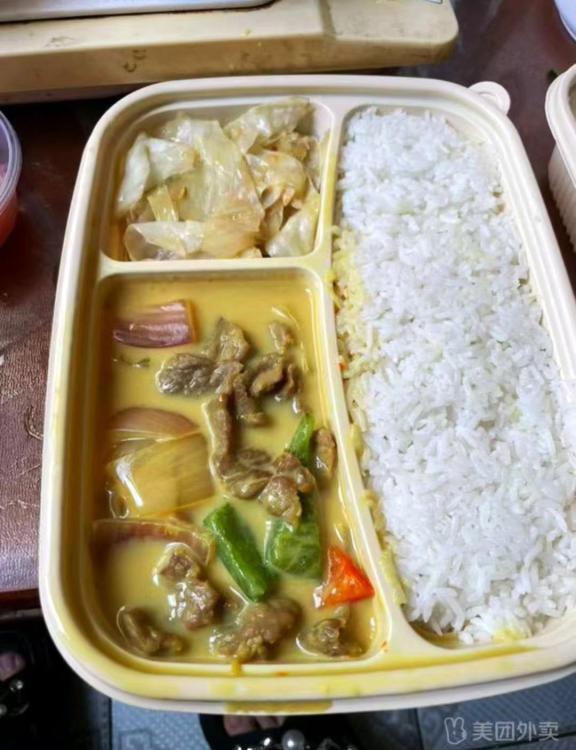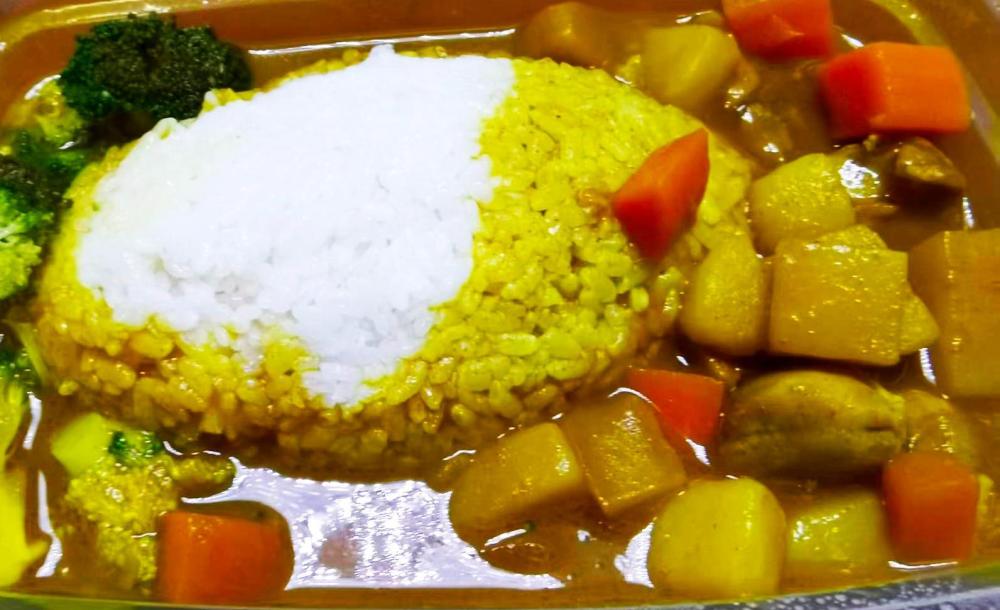-
Posts
16,691 -
Joined
-
Last visited
Profile Information
-
Location
Liuzhou, Guangxi, China
Recent Profile Visitors
87,096 profile views
-
The latest word I'm getting is just a plural of a word usually used in the singular. Also, I get different puzzles on my phone and my PC. Chaotic.
-
so obscure!
-
青椒木耳炒鸡 (qīng jiāo mù ěr chǎo jī), Hunan style green pepper fried chicken with wood ear fungus. Served with rice.
-
In any other context, of all the surprisingly many meanings of today's word, the one they are using is possibly among the last I would think of.
-
They're struggling to come up with relevant 5-letter words.
-
That would depend where you said it. It is common in Scotland and northern England and is a corruption of assiette, the French term for plate.
-
-
Their definition of food terms is very wide. Today's food connection was at best tenuous.
-
According to the link you posted, there are three producers. Anyway, I am downloading and give my impressions later.
-
Every time you write that, my fading eyesight sees 'root canal' and the idea of root canal dough has me worried!
-
-
-
That place did put them together, but others don't. I'd estimate that it's about 50:50. Generally the better places separate them.
-
This was what it was and what it was was what I wanted, or rather was and wasn’t what I wanted. What I was wanting was not to cook and that was what occurred. What I was wanting was curry but the curry I was wanting was of the Indian variety which this wasn’t. This was of the Sino-Japanese variety and so, was wanting. Chicken curry it was and as always was more full of carrot and potato than it was of chicken. Cheapskates. Over rice, it was. Remarkably, it was actually more tasty than I was expecting and was enough to dull the craving. (Although I can buy Indian curry paste, I don’t go that route – all the curries end up tasting the same. Individual Indian spices are very difficult to source here. India and China have never gotten along well despite or because of their shared and disputed border. A few come in from Pakistan but are never of great quality.) I need to go to Hong Kong for good Indian food. Or, of course, India, although India is where I have eaten the worst Indian food of my life.

























